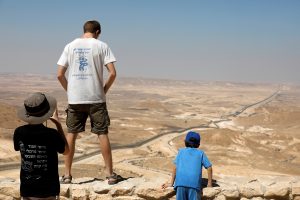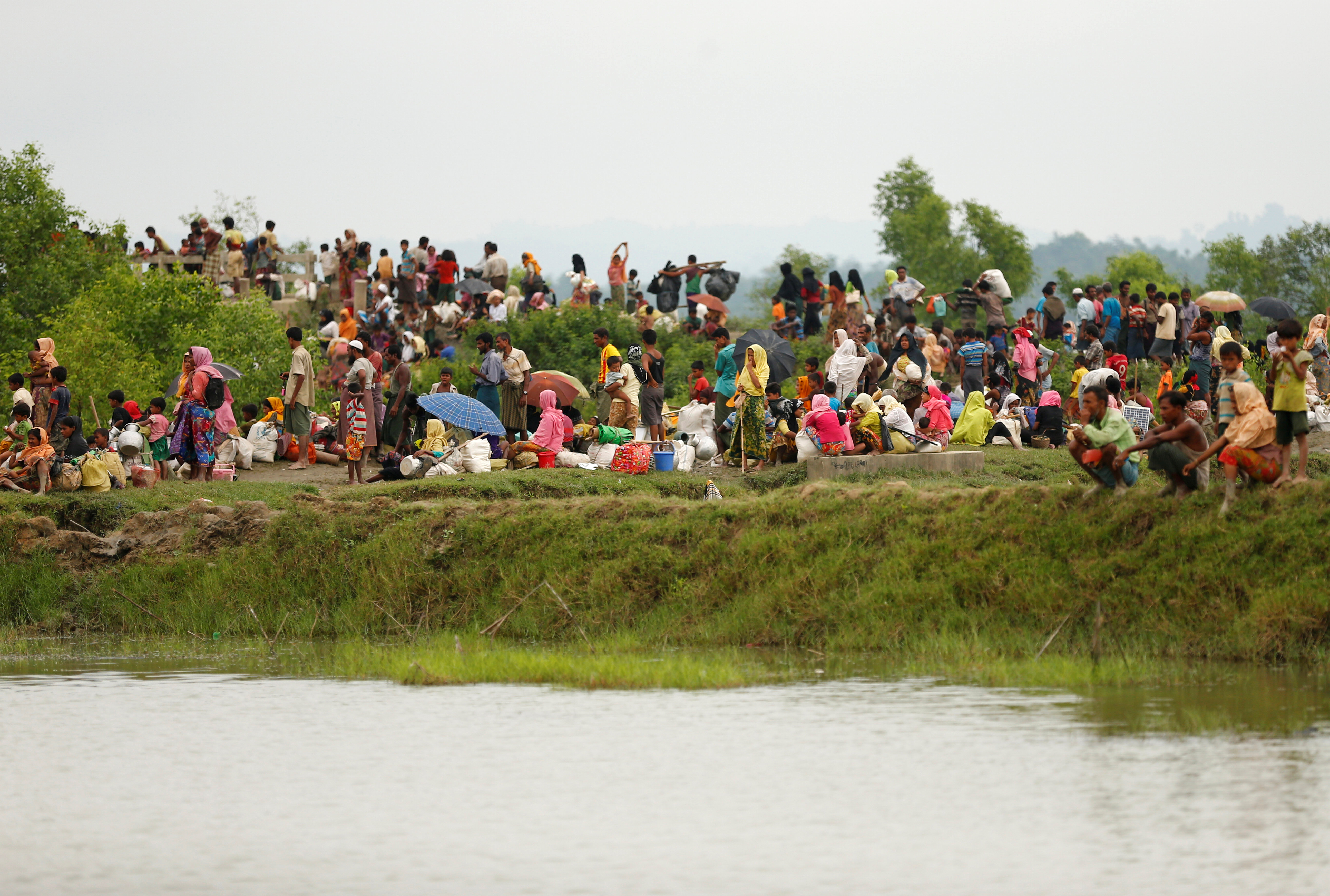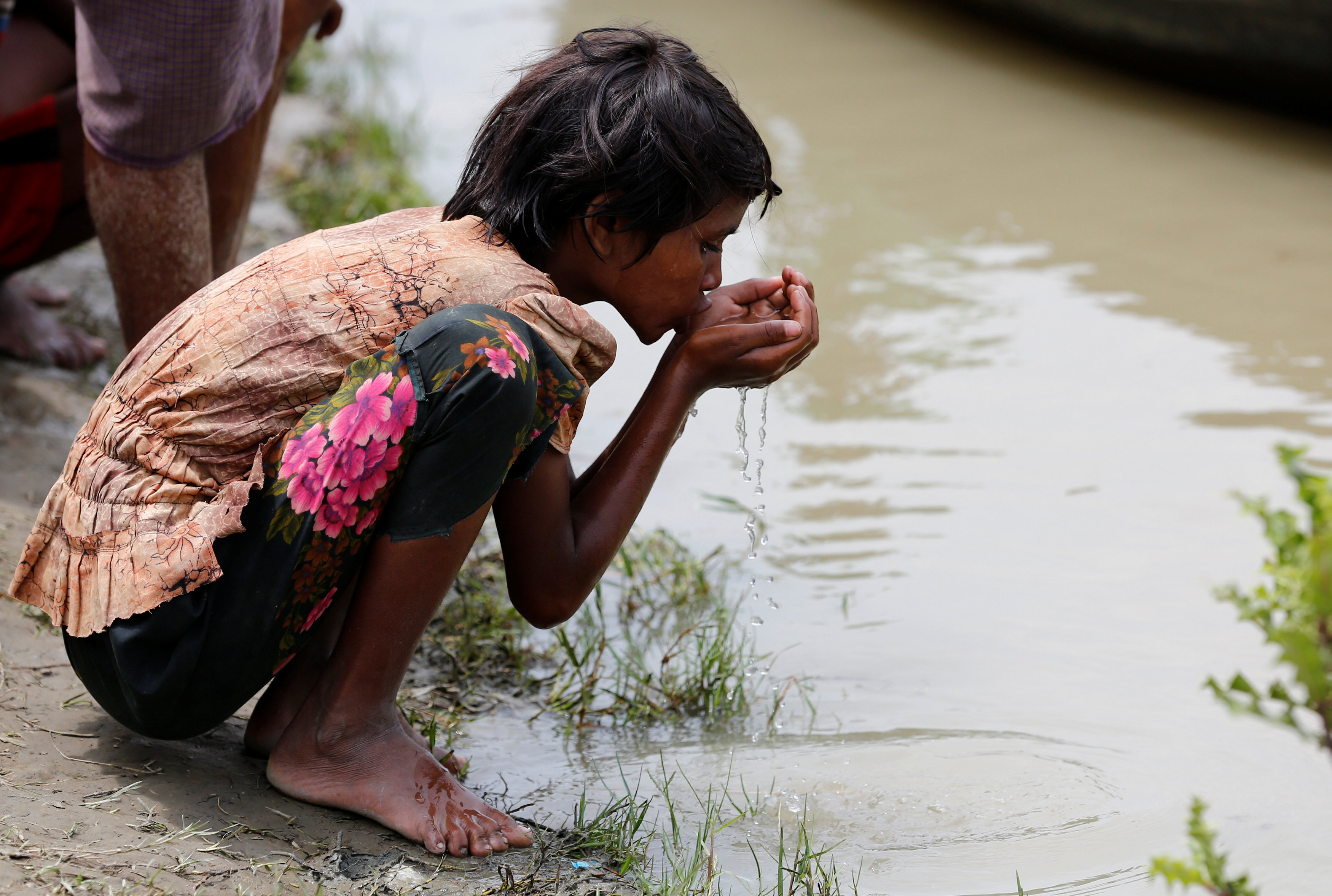
By Antoni Slodkowski and Rahul Bhatia
YANGON/DHAKA (Reuters) – The United States wants Myanmar to take urgent action to end violence in Rakhine state, where a military offensive has created a crisis that could jeopardize its economic and political transition, a U.S. official said on Friday.
Bangladesh and aid organizations are struggling to help 422,000 Rohingya Muslims who have arrived since Aug. 25, when attacks by Rohingya militants triggered a Myanmar crackdown that the United Nations has branded ethnic cleansing.
A senior U.N. official said an estimated $200 million would be needed to help the refugees in Bangladesh for six months. Aid workers fear a humanitarian crisis is also unfolding in Rakhine state, though Myanmar has restricted access.
“We think, urgently, actions need to be taken to stop this violence and facilitate humanitarian assistance, lower the rhetoric, lower the tension and … start doing the hard work to solve the longer-standing problems,” U.S. Deputy Assistant Secretary of State Patrick Murphy told reporters.
Myanmar leader Aung San Suu Kyi has faced a barrage of international criticism over the plight of the Rohingya, for not speaking out more forcefully against the violence or doing more to rein in security forces over which she has little power.
Tension between majority Buddhists and Rohingya, most of whom are denied citizenship, has simmered for decades in Rakhine, but it has exploded several times over the past few years, as old enmities, and Buddhist nationalism, surfaced with the end of decades of harsh military rule.
Murphy, who spent three days in Myanmar this week, said there were “many points of responsibility” and he wanted to see everyone follow through on commitments Suu Kyi made to uphold rights and the law in an address to the nation on Tuesday.
“There’s the elected government, there are the security forces which have authorities that don’t fall under the purview of the civilian elected government, there are local leaders and there is the broader population, among which there are many emotions and many tensions,” he said.
“Significant responsibility sits with security authorities and local officials in Rakhine state and we are looking for their cooperation to make these commitments a reality,” Murphy told reporters on a conference call from Bangkok.
Myanmar dismisses accusations of ethnic cleansing, saying it has to tackle the insurgents, whom it accuses of setting fires and attacking civilians as well as the security forces.
While the United States has urged action to halt the violence, China, which has close economic and political ties with Myanmar, has welcomed measures by the government to alleviate the situation in Rakhine state.
‘INCENTIVE FOR TERRORISTS’
Murphy said the military’s response to the August insurgent attacks had been disproportionate and the country risked a terrorist backlash.
The attacks were claimed by the Arakan Rohingya Salvation Army, which Murphy referred to as a “so-called group” of which little was known. It denies links to foreign militants but the government says it is connected to global terrorism.
“Whether or not this organization has ties elsewhere is not particularly germane, given the fact that it could be creating an incentive for foreign terrorists to look at a new opportunity and this is among the risks that we have shared with Burmese stakeholders,” he said.
Bangladesh was already home to some 400,000 Rohingya who fled earlier bouts of violence and persecution.
Given the “massive numbers” arriving in the past few weeks, the United Nations was expected to launch an appeal for $200 million to help them for the next six months, an official said.
“It has not been confirmed, but it is a ballpark figure, based on the information we have,” Robert D. Watkins, U.N. resident coordinator in Bangladesh, told Reuters in an interview in Dhaka.
Watkins said the situation had not stabilized in terms of new arrivals so it was difficult to say how many people to plan for, or how long.
“We don’t want to plan a 10-year operation, obviously, because we want to maintain hope that there will be a way for negotiating a return of the population,” he said.
“We can’t plan too far in the future, because it becomes a self-fulfilling prophecy … politically, it sends a strong signal, which we don’t want to send, which is that people are going to be here for a long time.
“And our donors are not prepared to respond to anything beyond a one-year time frame, given the massive amounts of money we are asking for.”
Aid groups in Bangladesh have warned of a public health disaster unless help is increased massively.
“We need to scale up quickly,” said Dr N. Paranietharan, the World Health Organisation representative in Bangladesh.
“If we don’t drastically improve water and sanitation we will face water-borne diseases including cholera.”
(For a graphic on Rohingya refugees in Bangladesh click http://tmsnrt.rs/2xTAOon)
(Additonal reporting by Serajul Quadir in DHAKA, tommy Wikes in COX’S BAZAR; Writing by Robert Birsel; Editing by Clarence Fernandez)











